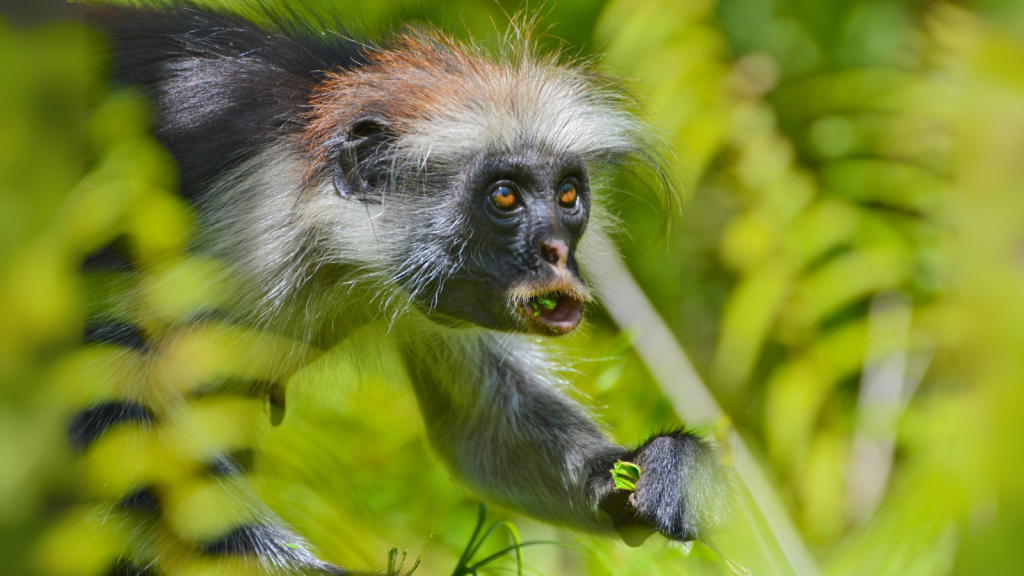Primates, our closest animal relatives, come in a stunning array of shapes and sizes. From tiny mouse lemurs to massive gorillas, these fascinating creatures are just so like us, and they remind us of our own place in the natural world. But when it comes to size, some primates truly stand out from the crowd. These large primates are astonishingly powerful but also have strong familial bonds and complex relationships, much like us. It pains me to remember that humankind have hunted and poached many of these remarkable animals to the brink of extinction.
Eastern Gorilla
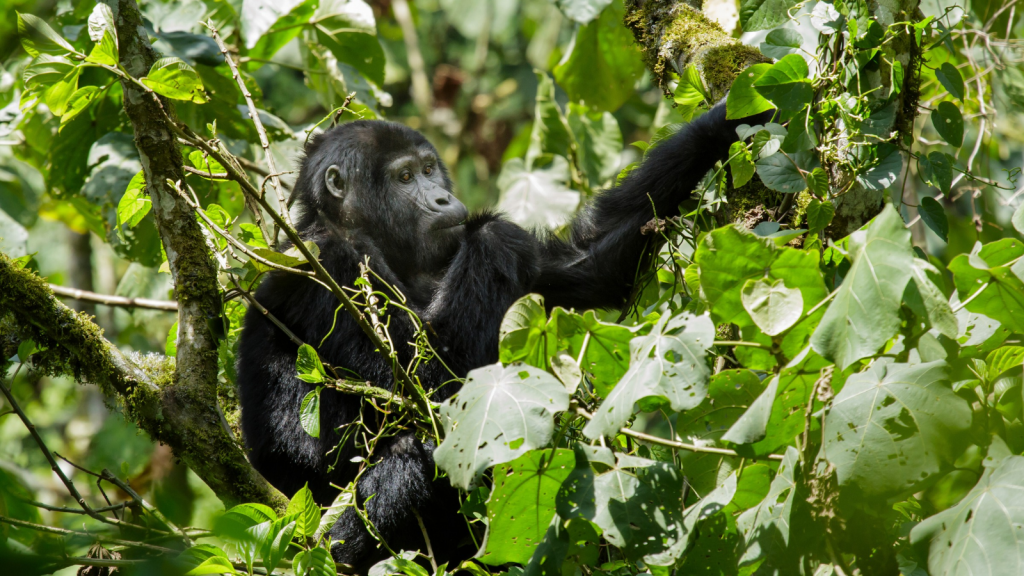
The Eastern Gorilla is the largest living primate, with males weighing up to 200 kg. Found in the mountains of central Africa, these gentle giants are known for their intelligence and strong family bonds. Sadly, they’re critically endangered due to habitat loss and poaching. Eastern Gorillas are divided into two subspecies: the mountain gorilla and the eastern lowland gorilla, both of which are struggling to survive in their shrinking habitats.
Western Gorilla
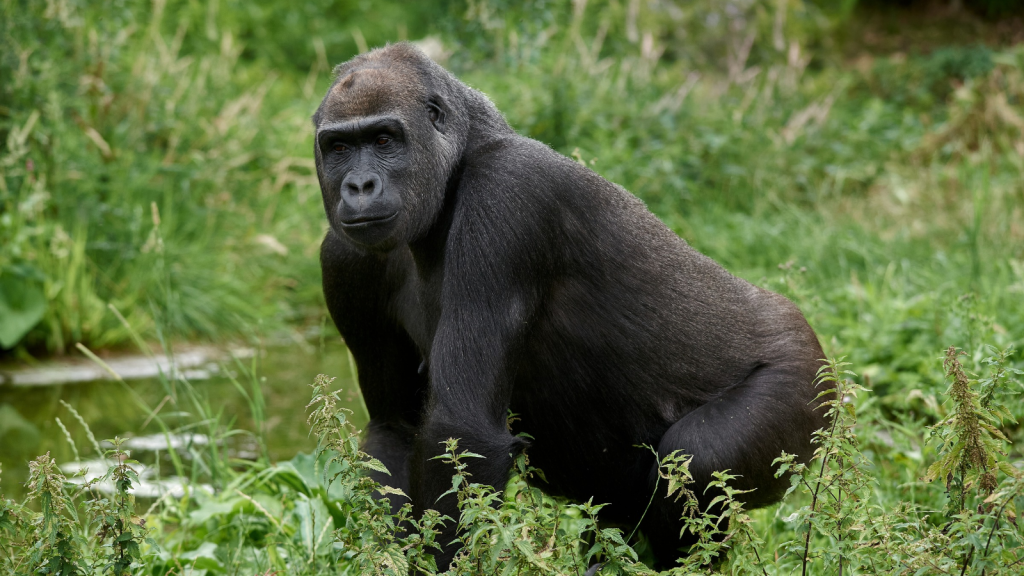
Slightly smaller than their eastern cousins, Western Gorillas can still weigh up to 180 kg. They inhabit the forests of central Africa and are known for their distinctive auburn chests. Western Gorillas are more numerous than Eastern Gorillas but are still endangered. They have a more varied diet than Eastern Gorillas, eating over 200 types of plants and occasionally small insects.
Bornean Orangutan

The largest arboreal mammal, Bornean Orangutans can weigh up to 150 kg. These red-haired apes are famous for their tool use and complex problem-solving skills. Found only on the island of Borneo, they’re threatened by deforestation and illegal pet trade. Bornean Orangutans spend most of their time in trees and are crucial to seed dispersal in their forest habitats.
Sumatran Orangutan
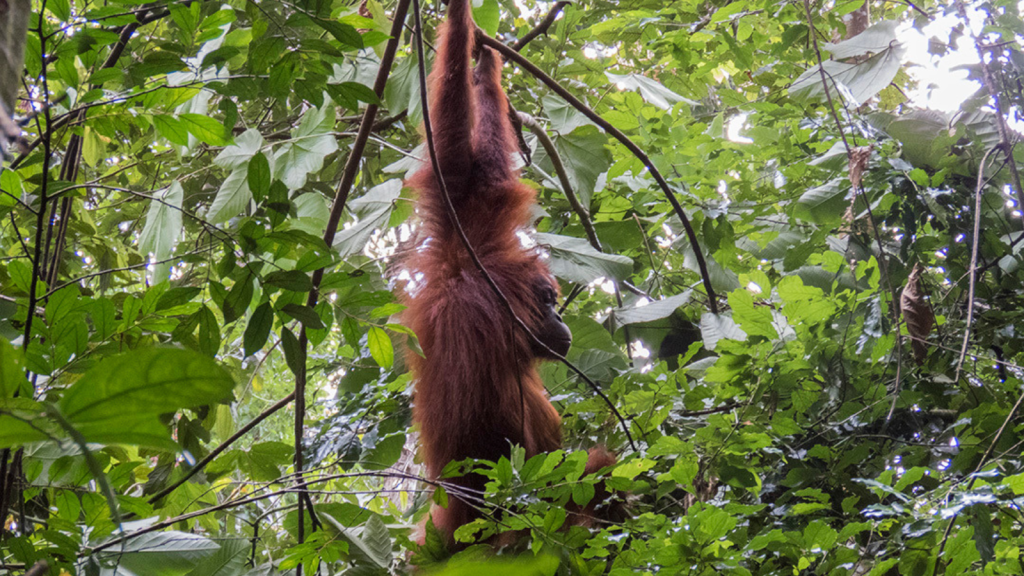
Closely related to their Bornean cousins, Sumatran Orangutans are slightly smaller but still impressive, weighing up to 90 kg. They’re known for their distinctive facial features and long, shaggy coats. Critically endangered, they’re found only in the northern parts of Sumatra. Sumatran Orangutans are considered the most intelligent of all great apes, after humans, and have been observed using tools in the wild.
Chimpanzee
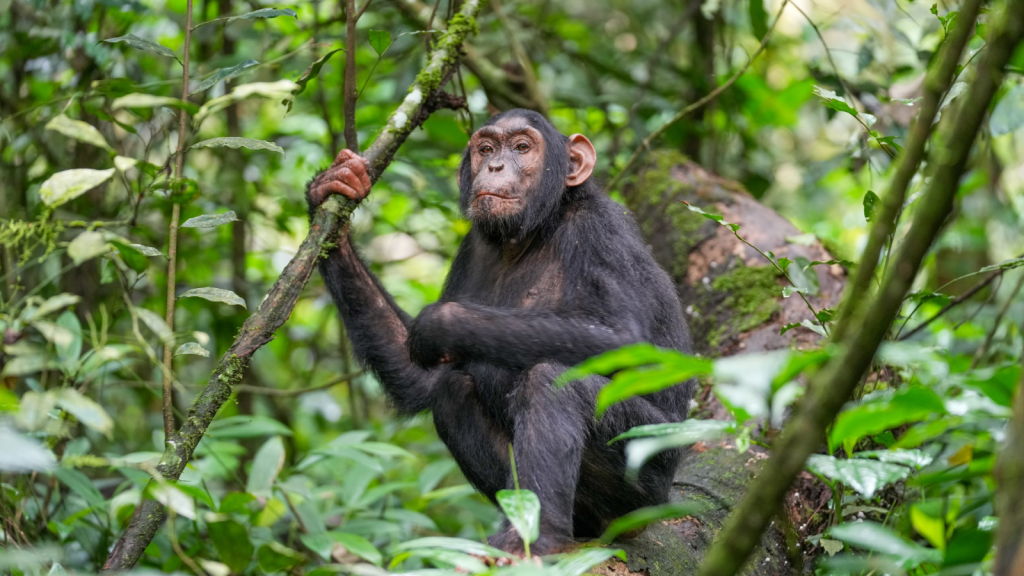
Our closest living relatives, Chimpanzees can weigh up to 70 kg. They’re highly intelligent and social, living in complex communities across central and west Africa. Chimps are known for their use of tools and their ability to learn human sign language. They share about 98% of their DNA with humans, making them invaluable for understanding human evolution and biology.
Bonobo
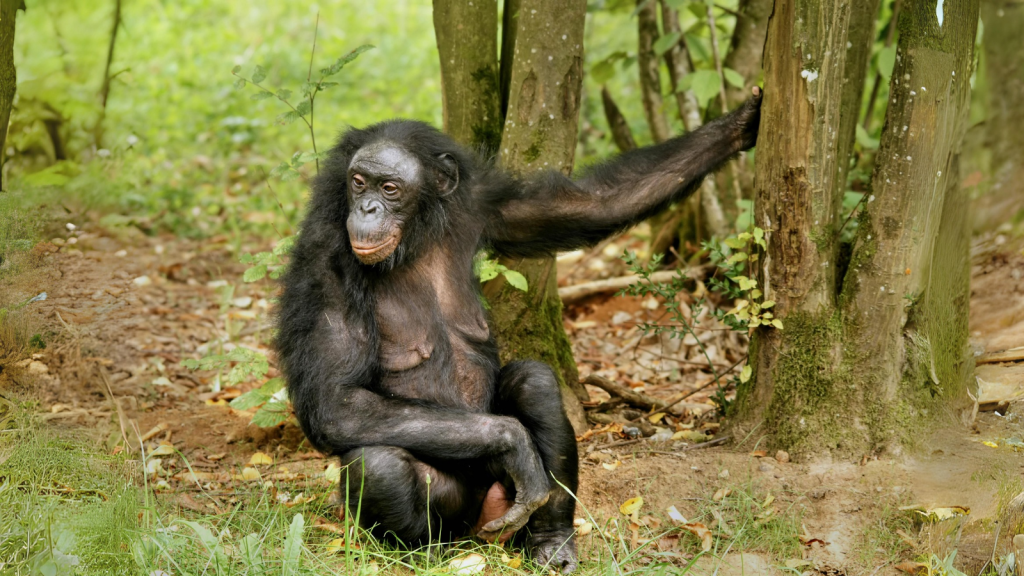
Often called “pygmy chimpanzees,” Bonobos are actually about the same size as chimps, weighing up to 45 kg. They’re found only in the Democratic Republic of Congo and are known for their peaceful, matriarchal societies. Bonobos are endangered due to hunting and habitat loss. Unlike chimpanzees, bonobos resolve conflicts through sexual behaviour rather than aggression, earning them the nickname “hippie apes”.
Mandrill
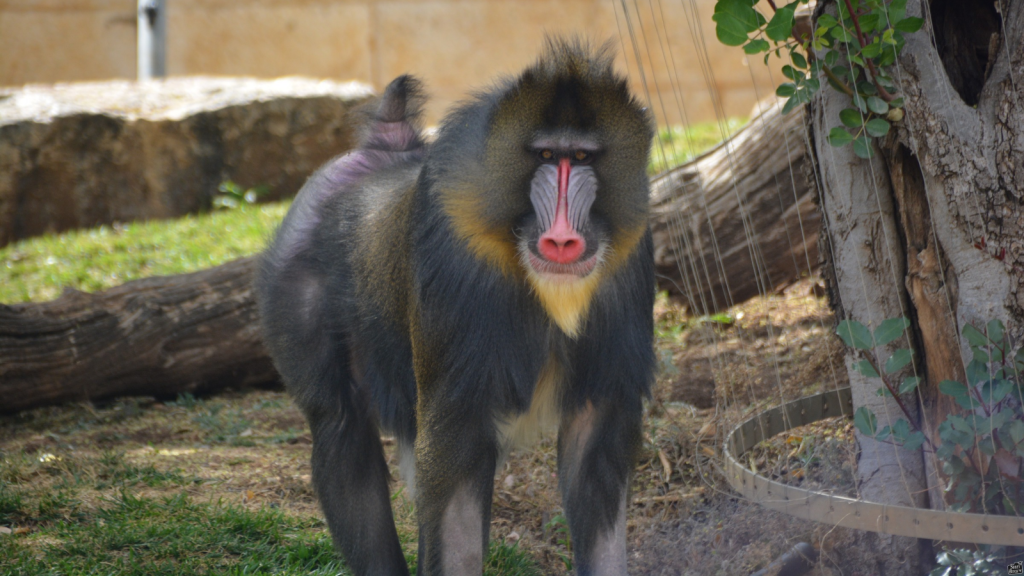
The largest monkey species, Mandrills can weigh up to 50 kg. Males are known for their striking blue and red facial colouring. Found in the rainforests of central Africa, these colourful primates live in large groups called hordes. Mandrills have the largest canine teeth of any primate, relative to their body size.
Drill
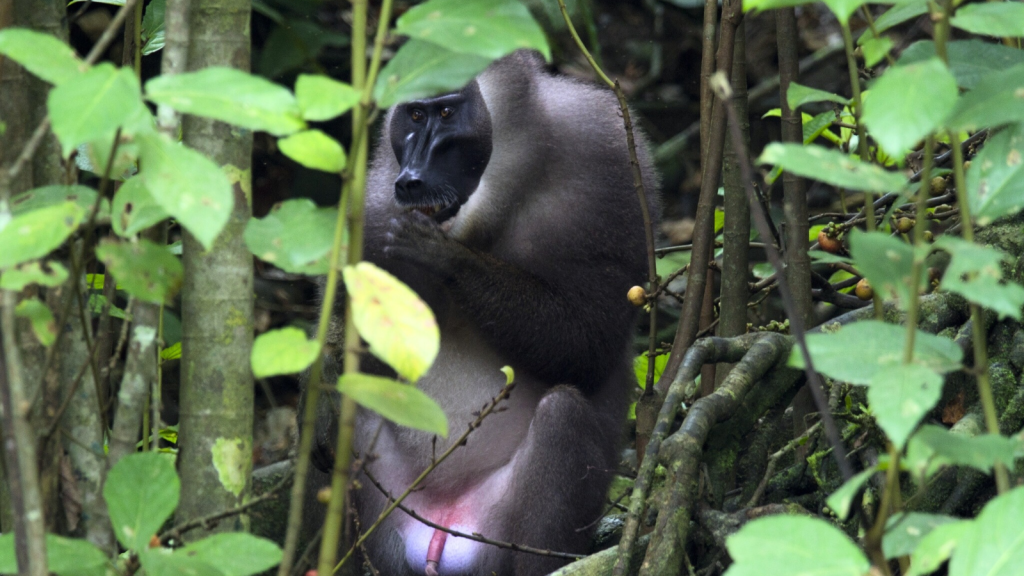
Closely related to Mandrills, Drills can weigh up to 45 kg. They have distinctive black faces and are found in a small area of west Africa. Drills are critically endangered, with only about 3,000 left in the wild. They play a crucial role in their ecosystems as seed dispersers, helping to maintain forest diversity.
Gelada
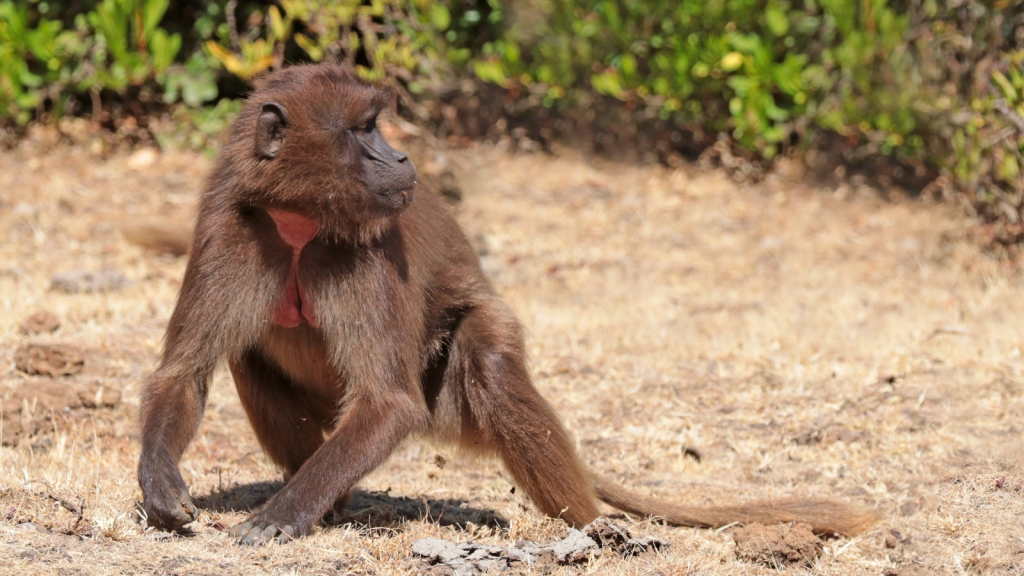
Often called “bleeding heart monkeys” due to their red chest patches, Geladas can weigh up to 20 kg. They’re the only grass-eating primates and are found in the highlands of Ethiopia. Geladas live in large groups and are known for their complex social behaviours. They have a unique locomotion style called “shuffling,” moving quadrupedally without their hands ever leaving the ground.
Olive Baboon
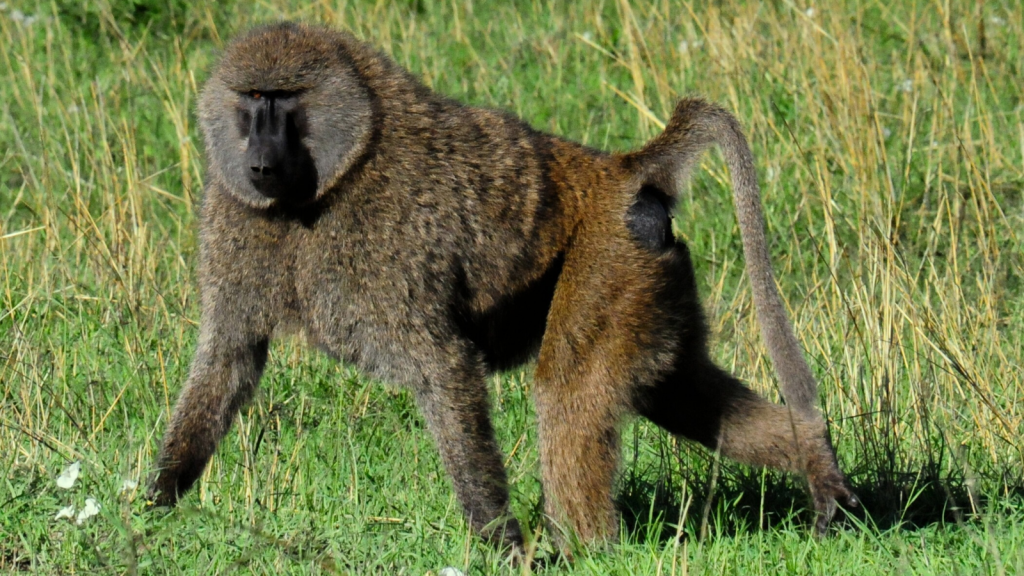
One of the largest monkey species, Olive Baboons can weigh up to 50 kg. They’re found across much of central and east Africa and are known for their adaptability to different habitats. Olive Baboons are highly intelligent and have complex social structures. They’re opportunistic feeders and can thrive in human-altered landscapes, sometimes leading to conflict with local communities.
Yellow Baboon
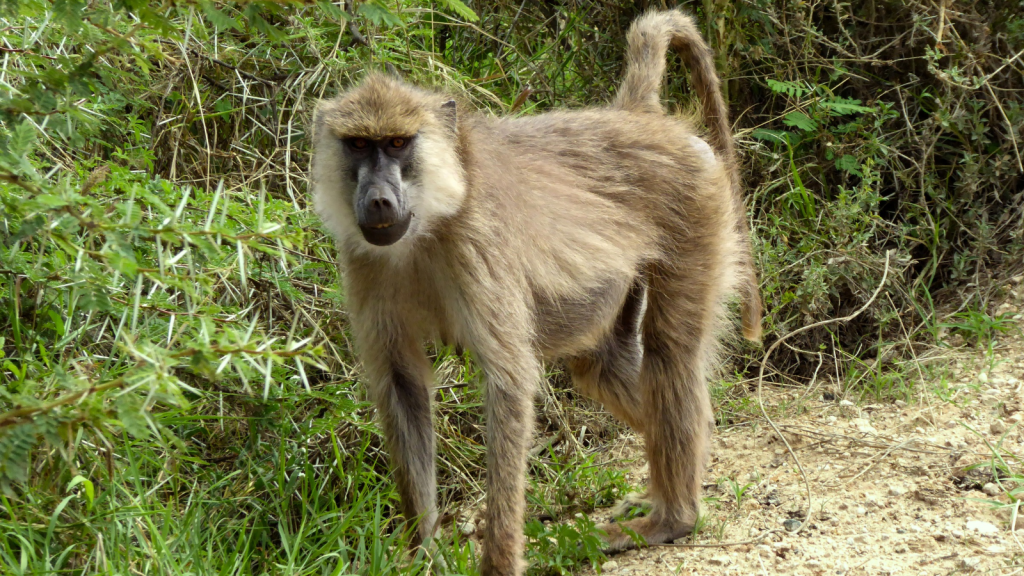
Similar in size to Olive Baboons, Yellow Baboons can weigh up to 45 kg. They’re found in east Africa and are known for their yellowish-brown fur. Yellow Baboons are omnivorous and highly adaptable, living in a variety of habitats from savanna to rainforest. They have a unique “desert baboon” subspecies that has adapted to live in extremely arid conditions.
Chacma Baboon
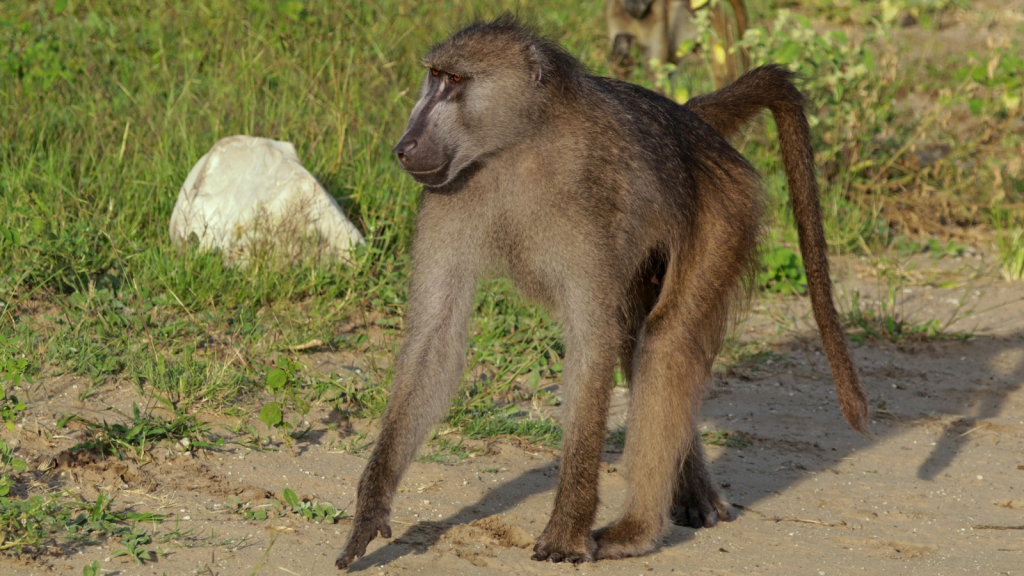
The largest of the baboon species, Chacma Baboons can weigh up to 40 kg. They’re found in southern Africa and are known for their dog-like faces and powerful builds. Chacma Baboons are highly intelligent and have been observed using complex problem-solving skills. They’re known for their ability to adapt to human-altered environments, sometimes raiding crops and causing conflict with local communities.
Hamadryas Baboon
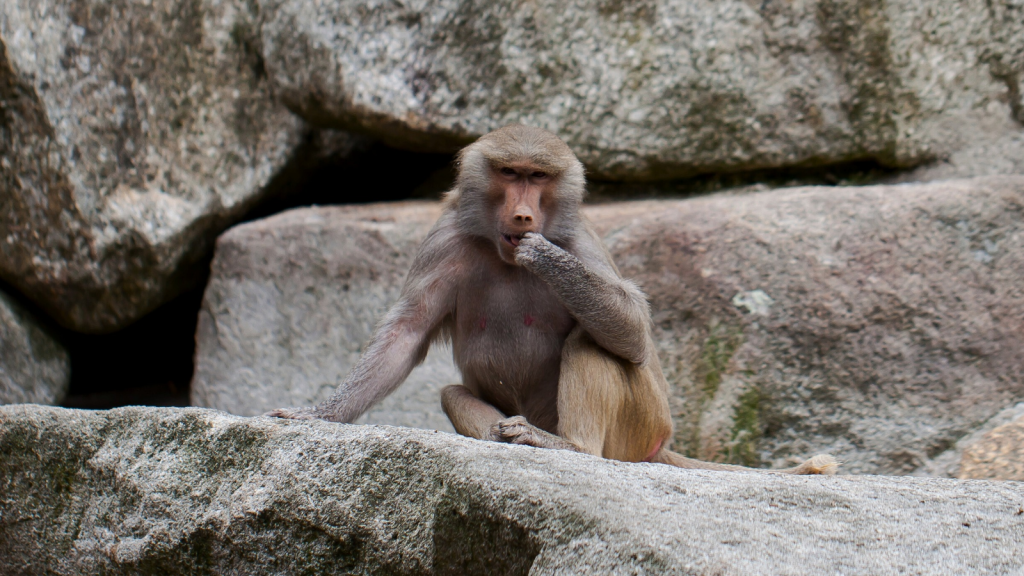
Known for their distinctive silver manes, Hamadryas Baboons can weigh up to 30 kg. They’re found in northeast Africa and parts of Arabia. These baboons live in complex social groups with a unique multi-level society. Hamadryas Baboons are the only baboon species that don’t live entirely in Africa, with some populations found in Saudi Arabia and Yemen.
Proboscis Monkey
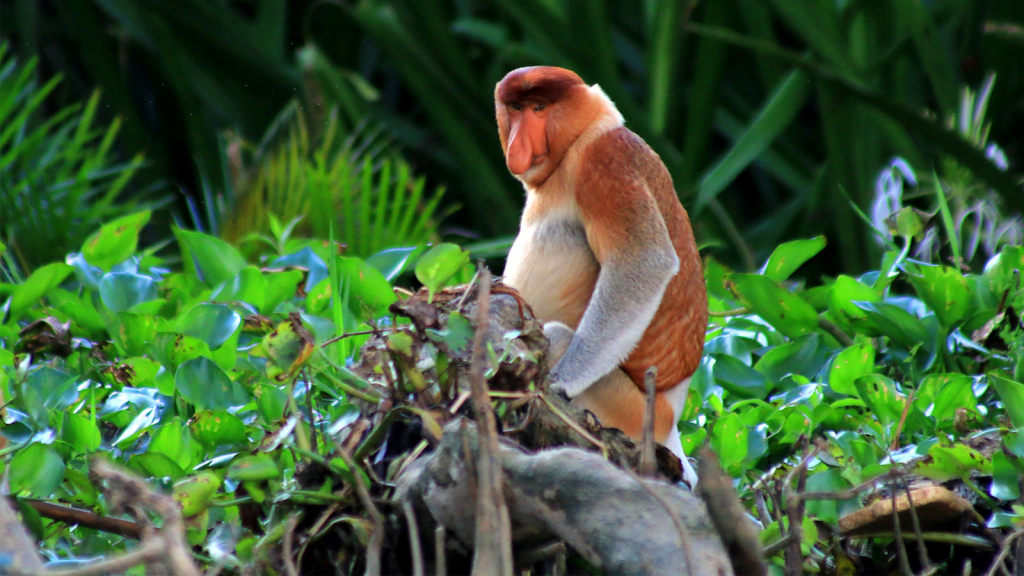
Famous for their large, pendulous noses, Proboscis Monkeys can weigh up to 24 kg. They’re found only on the island of Borneo and are excellent swimmers. Proboscis Monkeys are endangered due to habitat loss and hunting. Their unusual noses are thought to amplify their calls, helping them communicate over long distances in their swampy habitats.
Siamang
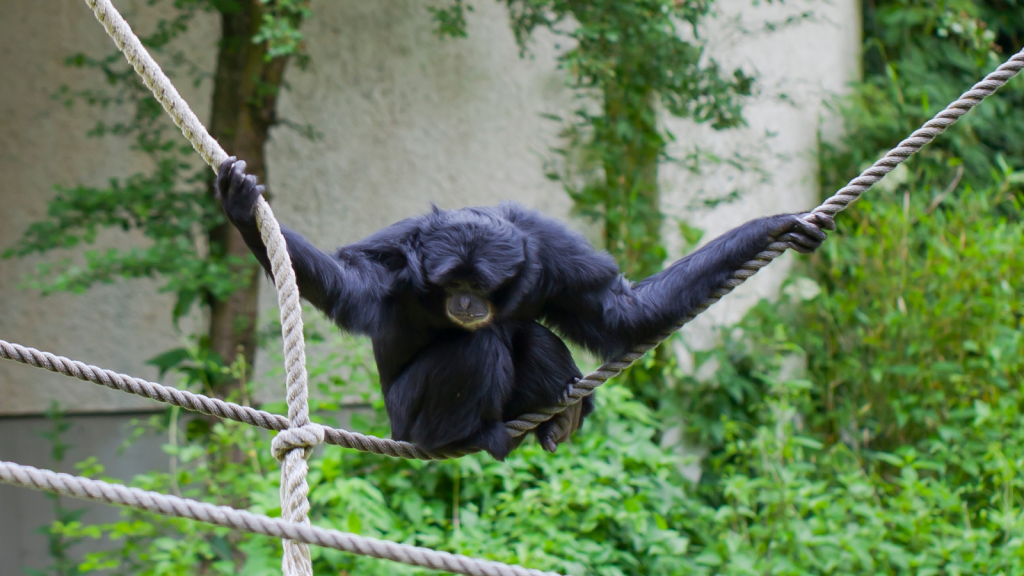
The largest of the gibbon species, Siamangs can weigh up to 14 kg. They’re known for their loud, booming calls which are amplified by their inflatable throat sacs. Siamangs are found in the forests of Malaysia and Sumatra. They’re unique among gibbons for having webbed toes, which may help them grasp branches more securely as they swing through the trees.
Patas Monkey
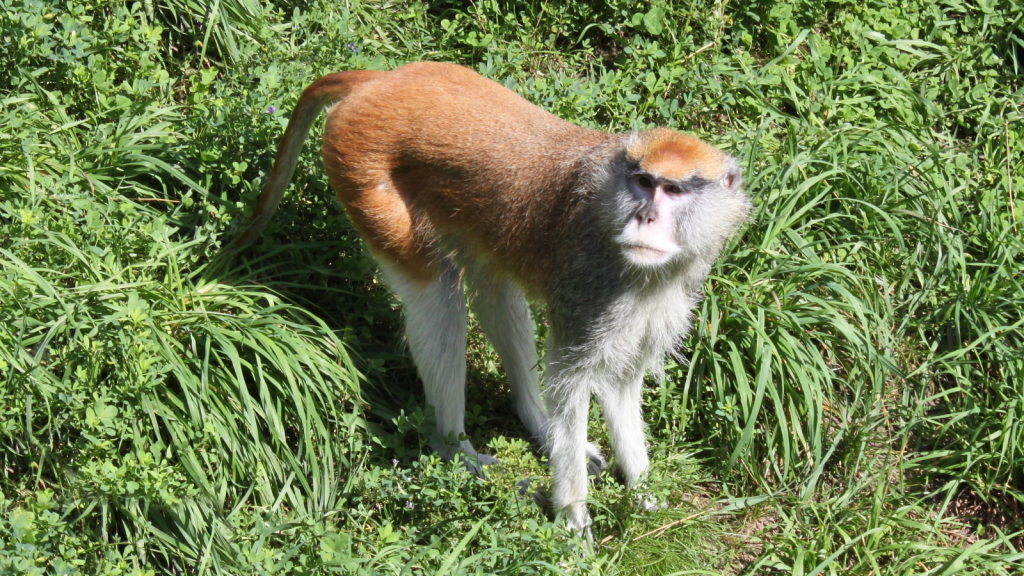
Known for their speed, Patas Monkeys can weigh up to 13 kg. They’re found in the grasslands and open woodlands of central Africa. Patas Monkeys are the fastest runners of all primates, capable of reaching speeds up to 55 km/h. They have a unique social structure where a single male lives with a group of females and their offspring.
White-headed Langur
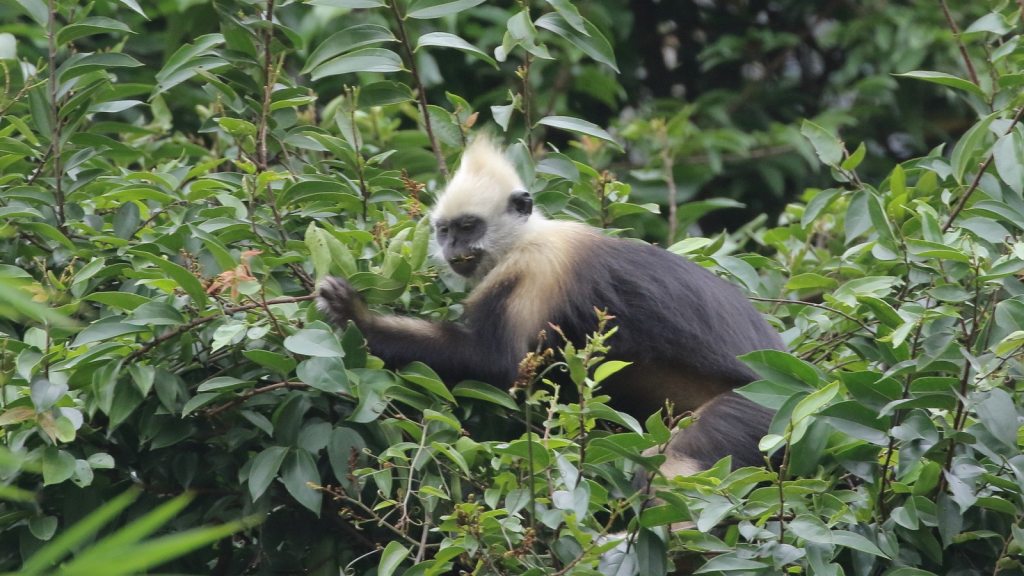
These striking monkeys can weigh up to 10 kg and are known for their white heads and shoulders. They’re found only in a small area of southern China. White-headed Langurs are critically endangered, with only about 1,000 left in the wild. They have a specialized diet, feeding primarily on the leaves of just a few plant species in their limestone karst habitat.
Emperor Tamarin
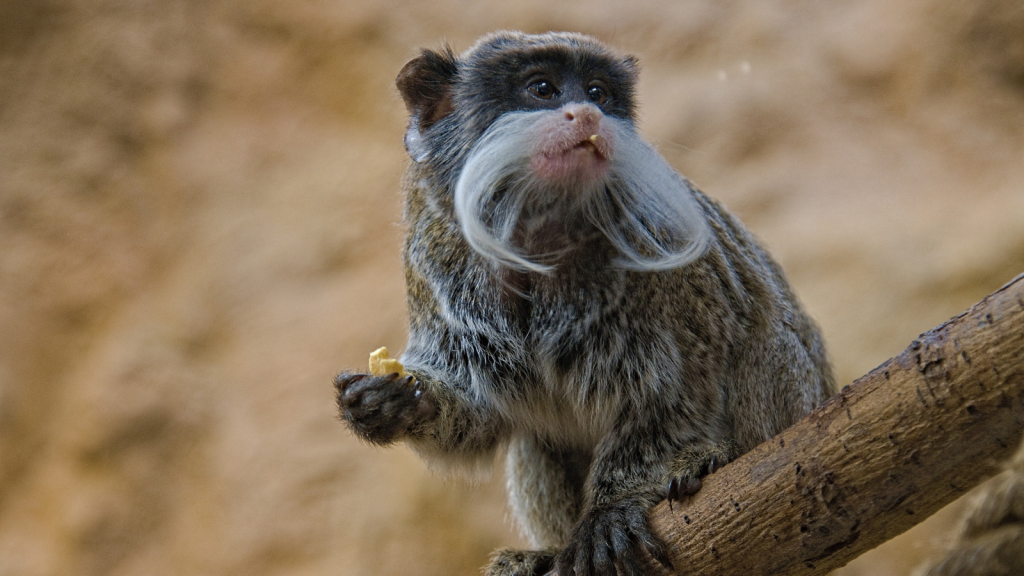
Despite their imperial name, Emperor Tamarins are relatively small, weighing up to 500 grams. They’re known for their long, white moustaches which resemble those of the German Emperor Wilhelm II. These charismatic monkeys are found in the Amazon Basin. Emperor Tamarins often form mixed-species groups with other tamarin species, which helps them detect and avoid predators more effectively.
Howler Monkey
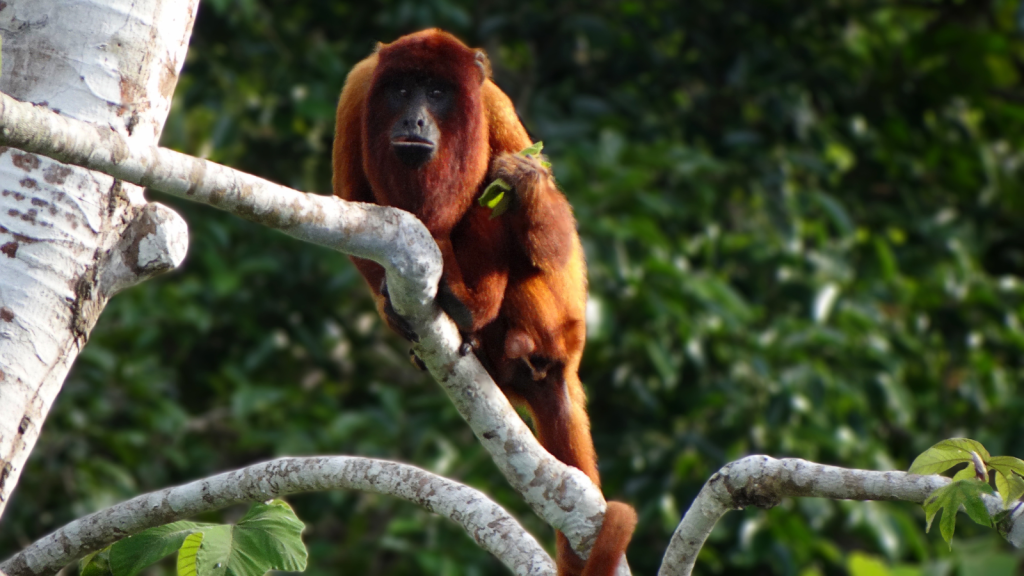
Known for their incredibly loud calls, Howler Monkeys can weigh up to 9 kg. They’re found in the forests of Central and South America. Howler Monkeys are the loudest land animals, with calls that can be heard up to 5 km away. Their powerful voices are made possible by an enlarged hyoid bone in their throats, which acts as a resonating chamber.
Spider Monkey
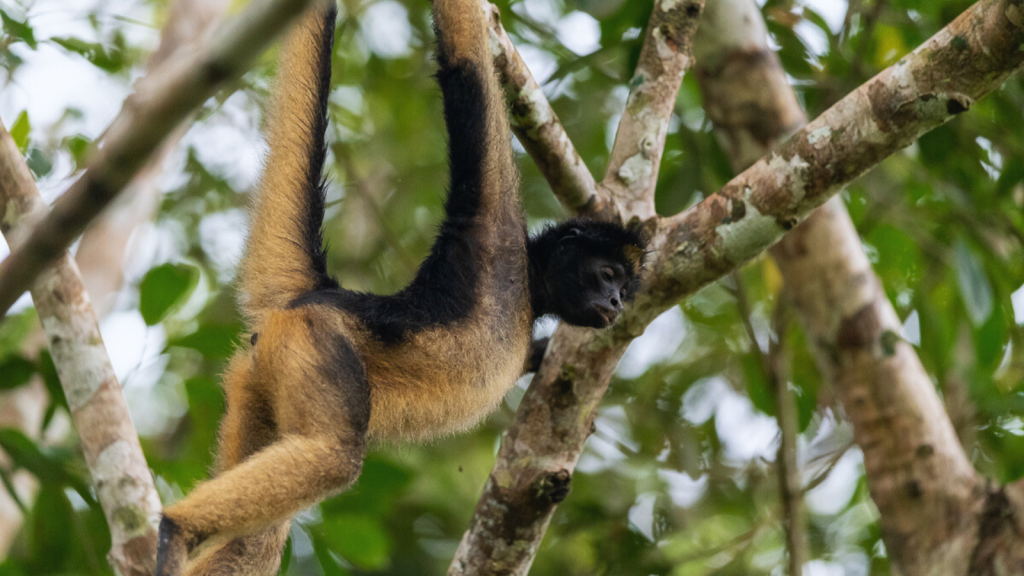
With their long, slender limbs and prehensile tails, Spider Monkeys can weigh up to 9 kg. They’re found in the tropical forests of Central and South America. Spider Monkeys are excellent climbers and spend most of their time in the treetops. Their prehensile tails are so strong and dexterous that they’re often referred to as a “fifth limb”.
Woolly Monkey
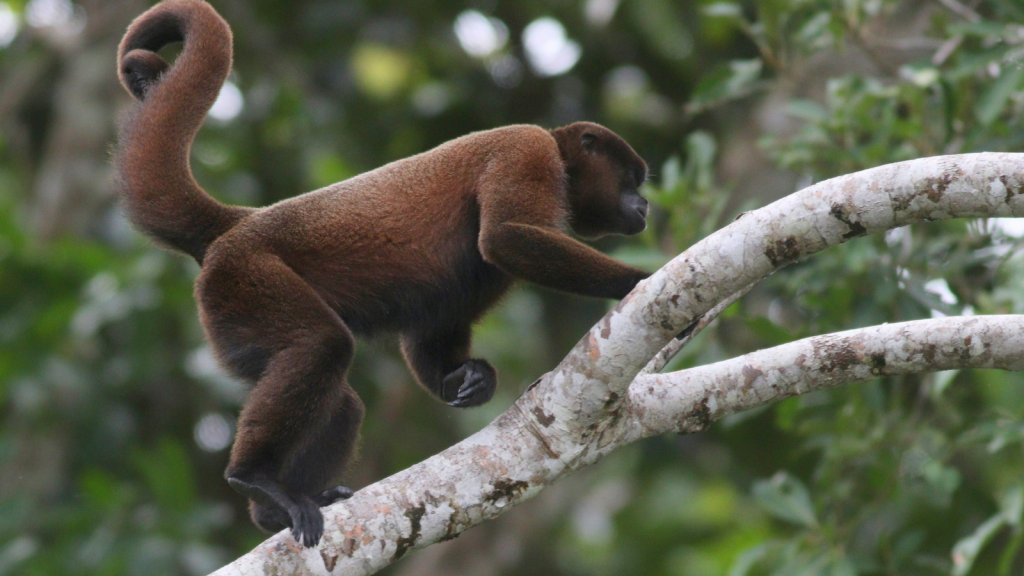
Known for their thick, woolly fur, these monkeys can weigh up to 10 kg. They’re found in the Amazon Basin and are important seed dispersers in their ecosystem. Woolly Monkeys are threatened by habitat loss and hunting. They have an unusually long gestation period for a monkey, lasting about 7-8 months.
Golden Snub-nosed Monkey
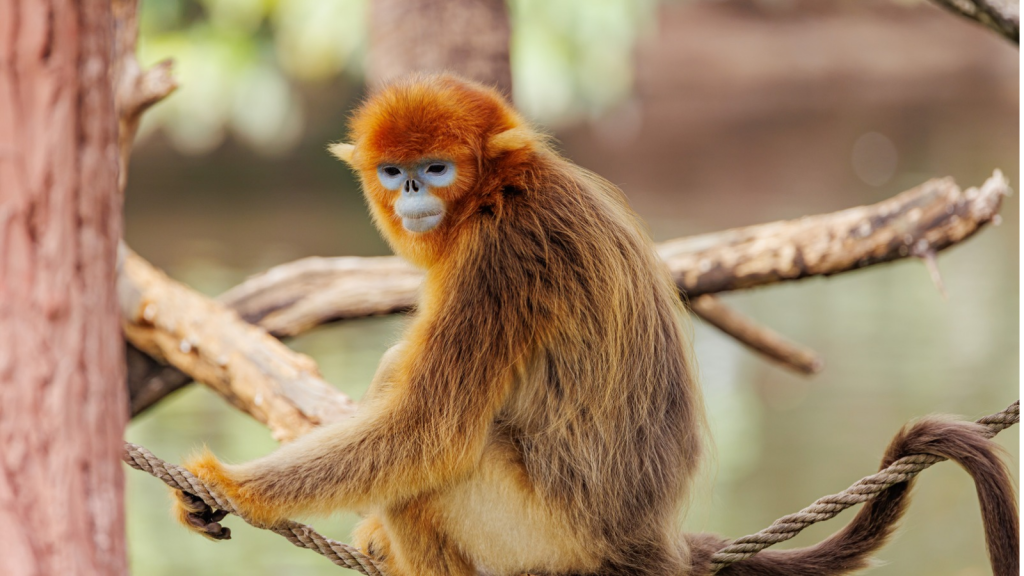
With their distinctive blue faces and golden fur, these monkeys can weigh up to 15 kg. They’re found in the mountains of central and southwest China. Golden Snub-nosed Monkeys are adapted to cold climates and can survive in snow-covered forests. They have unique adaptations for their cold habitat, including a thick fur coat and the ability to store fat in their tails.
Red Colobus

These colourful monkeys can weigh up to 13 kg and are known for their reddish fur. They’re found in various parts of Africa and are important prey for chimpanzees. Many species of Red Colobus are endangered due to hunting and habitat loss. They have a unique digestive system that allows them to eat leaves that are toxic to other animals.
Gray Langur
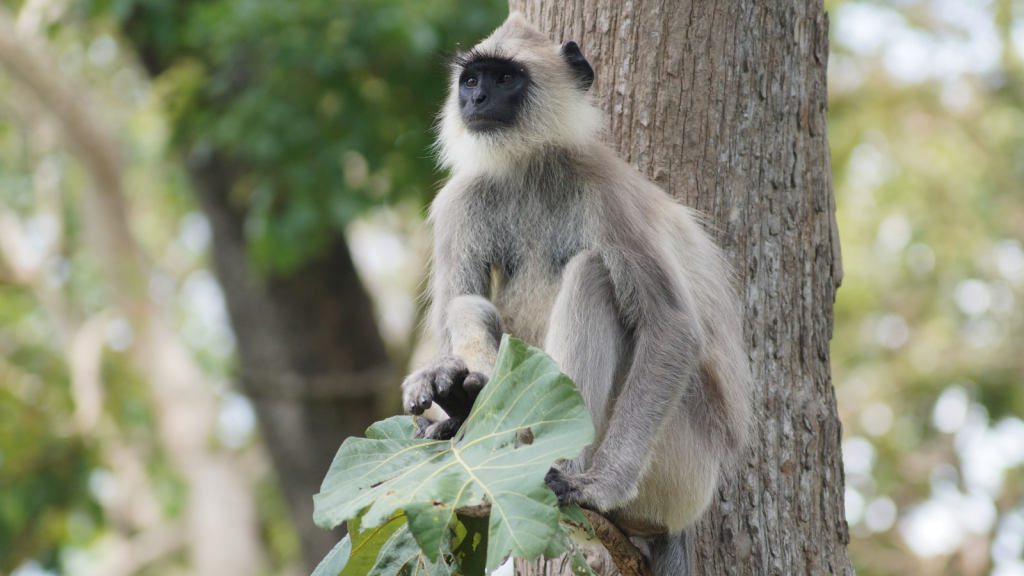
Also known as Hanuman Langurs, these monkeys can weigh up to 20 kg. They’re found across the Indian subcontinent and are considered sacred in Hinduism. Gray Langurs are highly adaptable and can be found in forests, cities, and temple complexes. They have a complex vocal repertoire with over 20 different calls, each with a specific meaning.

